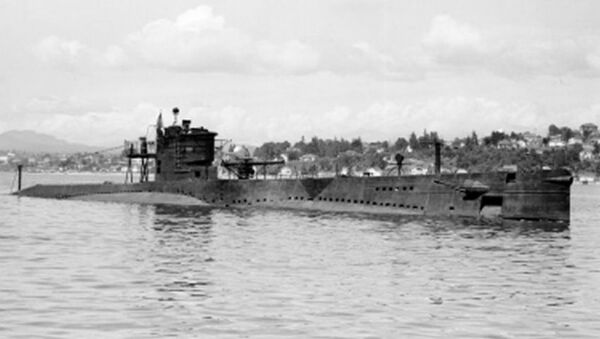According to the organization, STEP Ventures, the submarine was lost with all 49 crew members during a naval training exercise on July 4, 1944, and is "considered to be one of the most important lost ships in the central Pacific."
"When the bombs fell on [Pearl Harbor on] December 7, [1941] she was being overhauled at Mare Island Naval Shipyard outside of San Francisco, California," the organization said on its website. "She was one of the several S-boats that were put into service in World War II and was initially sent to Alaska to defend the Aleutians against a possible Japanese invasion."
— U.S. Naval History (@USNHistory) December 15, 2017
STEP stands for "Search for Those on Eternal Patrol," a euphemism for sailors who died at sea, and consists of historians and explorers committed to uncovering more about maritime history. The expedition used autonomous underwater vehicles and a remotely operated vehicle to film the wrecked submarine. The organization plans to share the data it collected with the Navy to determine what caused the submarine to sink.
— Klaas Meijer (@klaasm67) December 15, 2017
Before the submarine sank, it made contact with a US Coast Guard ship, but the Naval History and Heritage Command website noted that "at no time during the approach or the ensuing sound search were distress signals from S-28 seen or heard, nor was any sound heard which indicated an explosion in S-28."
The US military court of inquiry claims that the submarine lost control "from either a material casualty or an operating of personnel, or both, and that depth control was never regained."


